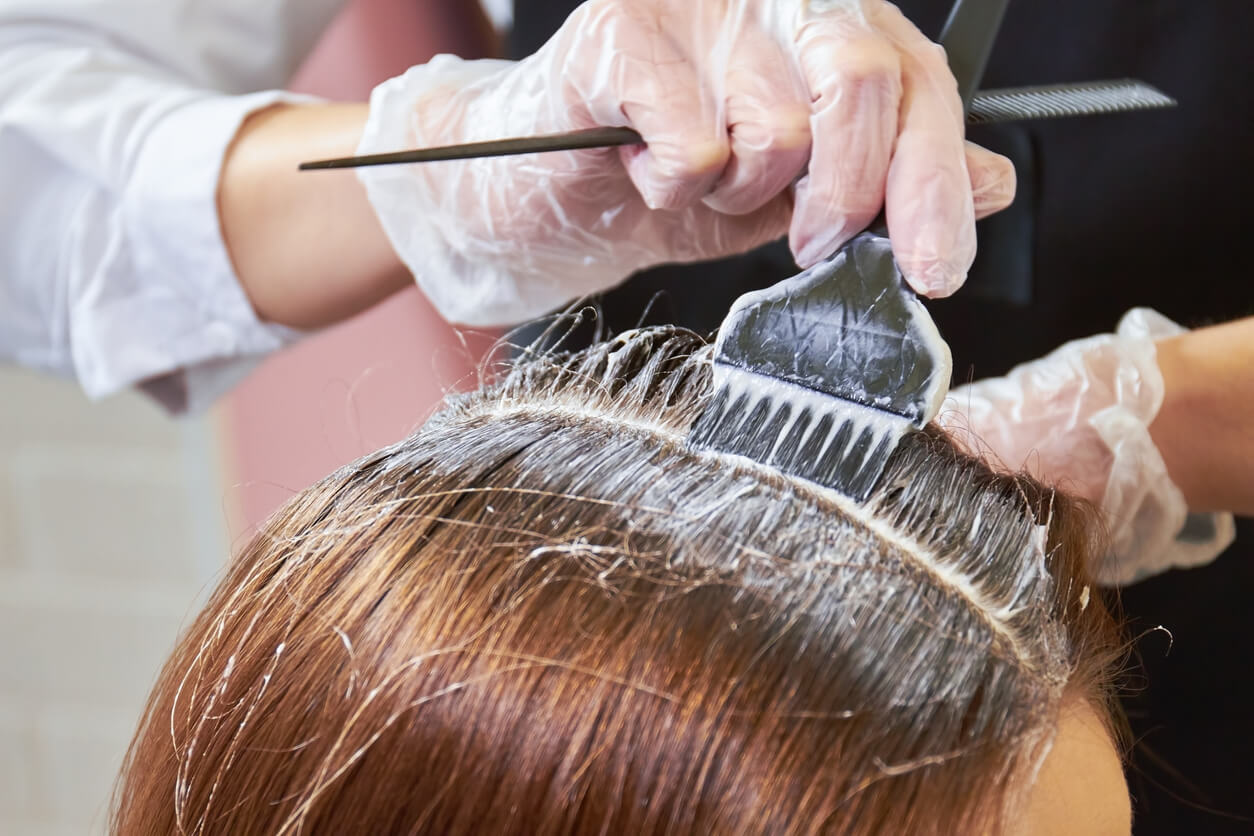New Lawsuit Claims Hair Dyes Have Caused Bladder Cancer in Hairstylists
Editors carefully fact-check all Drugwatch.com content for accuracy and quality.
Drugwatch.com has a stringent fact-checking process. It starts with our strict sourcing guidelines.
We only gather information from credible sources. This includes peer-reviewed medical journals, reputable media outlets, government reports, court records and interviews with qualified experts.

A newly filed lawsuit claims that popular hair dyes may contain carcinogens that lead to cancer in hairstylists. The lawsuit, which was filed in California, involves cosmetologist Debra Matarazzo.
“As a licensed cosmetologist, Ms. Matarazzo was exposed to Defendants’ carcinogenic hair dyes each day for 11 years,” the lawsuit states.
Matarazzo was diagnosed with bladder cancer in 2017 after thousands of hair dye exposure incidents. She estimated that she performed between 75 and 100 hair coloring applications weekly during her 11-year career.
Her lawsuit alleges that the constant exposure led her to regularly inhale hair dye fumes and potentially carcinogenic ingredients. According to the filing, the Food and Drug Administration (FDA) acknowledges that some carcinogens are commonly used in hair dyes.
Popular brands like L’Oréal’ and Clairol are defendants in the lawsuit.
Decades of Evidence Suggest Link Between Hair Dye and Cancer
Research has shown a possible link between dye exposure and bladder cancer for over a century. A German clinician first noted a higher incidence of bladder cancer cases among dyestuff workers in the late 1800s.
According to the American Cancer Society, most studies involving people who are exposed to hair dyes at work, like hairdressers, have consistently noted an increased risk of bladder cancer.
Some research has also suggested a link between hair dye exposure and other types of cancers, like leukemia or breast cancer.
Matarazzo’s lawsuit claims that modern-day hair dyes made by the manufacturers named in the lawsuit still contain byproducts called aromatic amines, previously found to be carcinogenic.
“Several countries banned the use of these carcinogens in hair dyes in the 1970s, but studies since then show that these ingredients still remain in Defendants’ hair dyes,” the lawsuit states. “Defendants designed and made their hair dyes using ingredients which they knew were carcinogenic.”
IN 2006, the European Union banned more than 20 hair dye substances over bladder cancer concerns.
The FDA does not have stringent control over the ingredients that go into hair dye products. Their website says that most hair dyes do not need to be tested or approved before reaching the market.
Research has suggested for years that the risk to hairstylists and cosmetologists may be significant given constant, repeated exposure to hair dye. A study published in the International Journal of Cancer more than 20 years ago showed an increased risk of cancer in hairdressers. But concerns don’t appear as serious for those who simply get their hair dyed.
Hair dye litigation is still in its infancy, but more lawsuits might be filed as the litigation grows.


